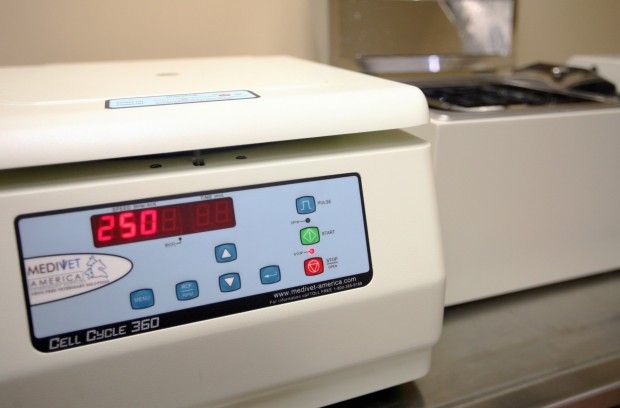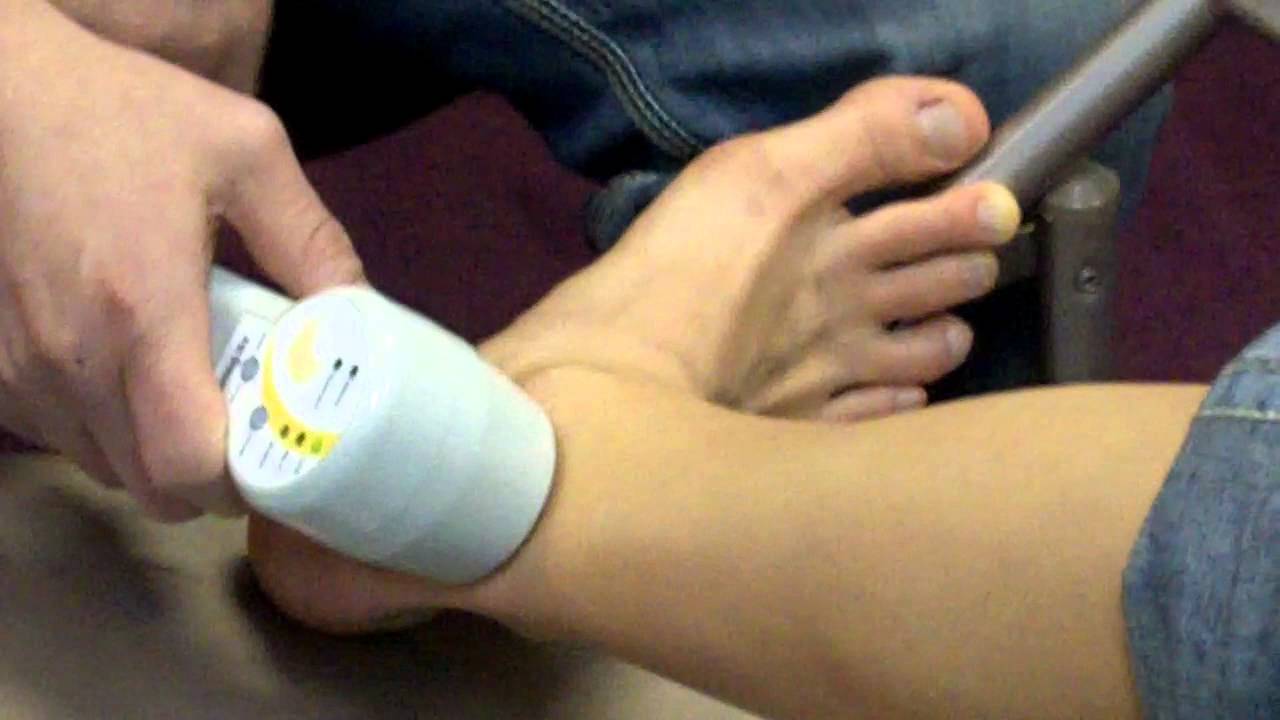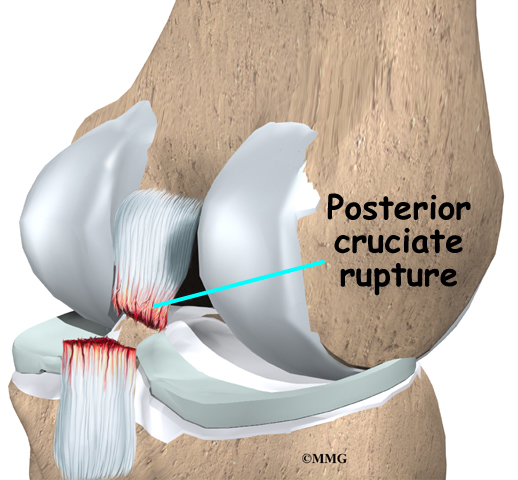For the safety of football players on both sides of the ball a rule has been put into effect at all levels of football that is believed by league officials to be a crucial step towards reducing serious injuries, namely in the head and neck area. This is known as the targeting rule. Any player caught leading with the head ('crown' of the helmet) or aiming for the head/neck of another player, especially a defenseless (no way for the person to protect themselves because of being unaware or occupied) one, is to be ejected from the game and may miss part of the next game. The National Football League (NFL), gives a hefty fine to players as well.

Goal of the rule
The leagues hope with a rule like this put into play it will discourage players from making dangerous hits. The overall goal is to provide the players more protection. Players that lead with the crown of the helmet are more likely to gain head trauma and more likely, serious neck injuries. Even if these players lead with the shoulder, if it is at an opponent's head/neck area it also can cause serious injury to that player. The impact is severe and dangerous. The league wants to get players back to proper form and safe technique. This means hits with the shoulder at the opponent's chest and below. This is considered a proper form tackle or hit.

Issues and Complaints
The biggest concern with this rule, which is also my biggest concern, is how the implementation of this rule will work. Obviously the season is well under way and the rule has reared its head many a time. Each ref will have a different view point and perspective on what they deem an illegal hit. The other problem as many have noticed is that it is proving to be an extreme restriction on players. Of course all refs are leaning towards the safe side, meaning they are more willing to call the penalty. Players are not able to make good, hard, clean hits either anymore.
Let me explain, whether a good hit or an illegal hit, the majority of the time the instant effect or repercussion of the hit a massive hit that everyone and their grandmother sees, hears and winces at it. The player being hit is blasted backwards and falls to the ground hard. Let's just say he does not get up with any urgency. The ref instantly wants to reach for his flag since they look the same and the result looks gruesome. The difference is the clean hit is perfectly legal and does not cause the serious injuries the negative hit does. Many a time they cannot tell the difference and throw the flag on a good hit. I have seen countless examples of players making great hits and being reprimanded for them.

Correcting Mistakes
The best adpatation since the implementation of the rule is that not only can the penalty be reviewed during the game by the referees, it is also looked at the following week by a group whose sole purpose is to analyze these hits. Fines, and suspensions can end up being overturned thanks to this. But the issue is still seen time and time again when a player comes in and makes a crucial big hit and is penalized costing him potentially the rest the game.
Follow up post:
Baseball: More than meets the eye

 Laser therapy
Laser therapy


